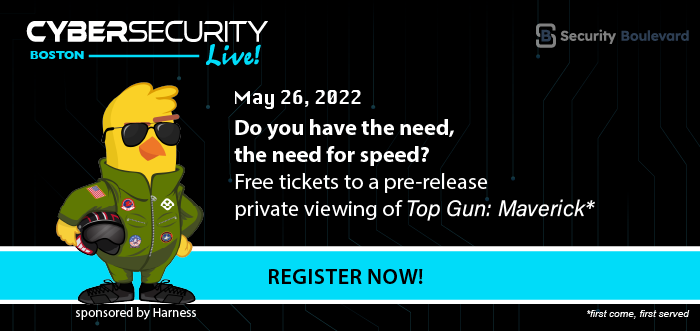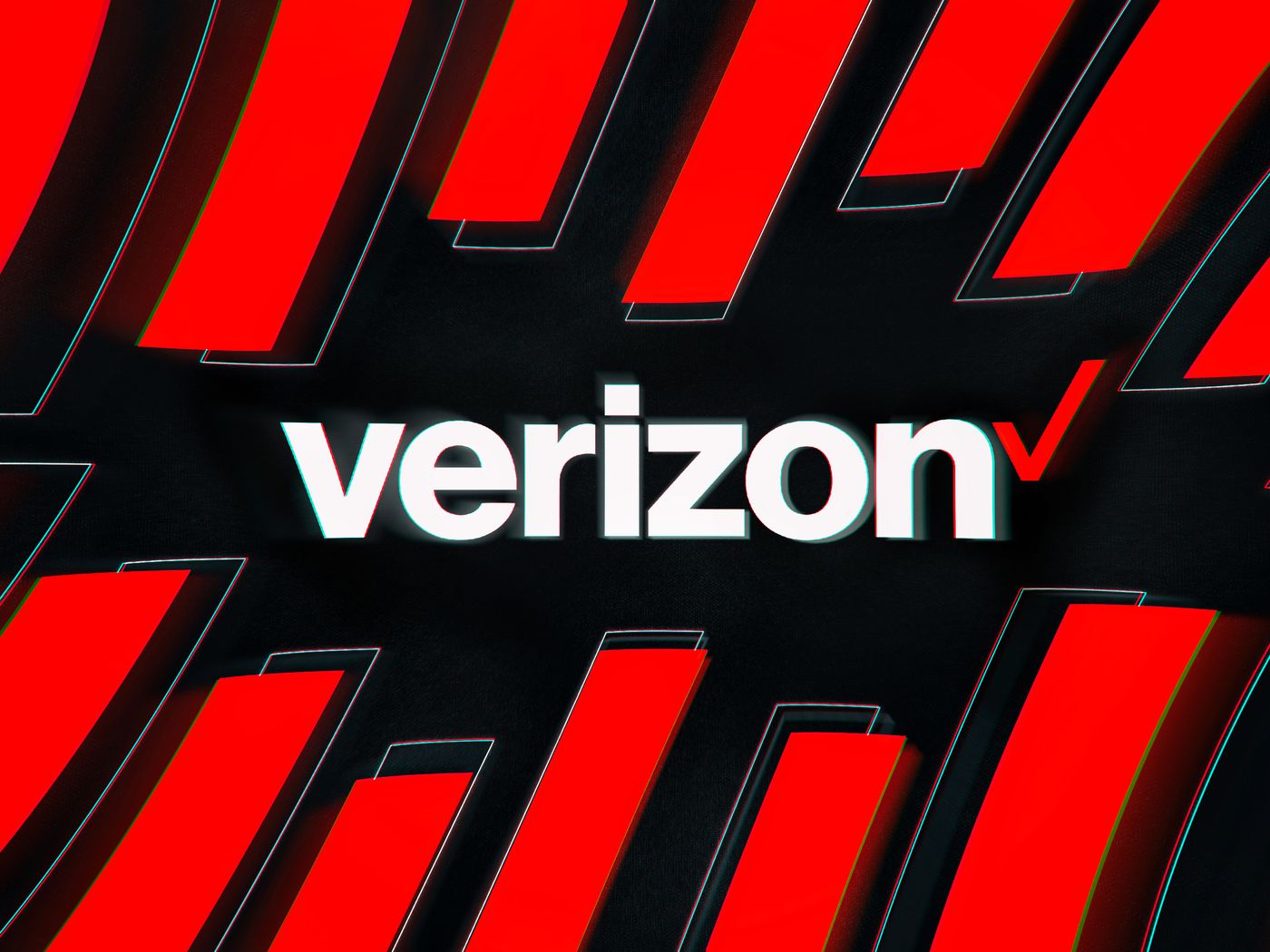Citizen Developers and Securing APIs
Microsoft Build is where we get to explore the latest innovations in code and application development. This time around there were 55 sessions dedicated to Microsoft’s approach to low-code, including a keynote on day two with Julie Strauss and Karuana Gatimu. Organizations are increasingly adopting low code application platforms to fuse the worlds of citizen developers, professional developers, and the other parties instrumental in building and using applications. The goal is to quickly deliver new solutions and modernize business capabilities.
So what is low-code?
Low-code is a visual approach to software development. Rather than writing code, it allows you to essentially drag and drop objects and connections using a graphical user interface (GUI). It effectively abstracts the code from the application builder to significantly lower the barrier to entry. Gartner predicts 70% of new applications developed by enterprises will use low-code or no-code technologies by 2025. Up from less than 25% in 2020.
Whereas 3rd party software can only be customized so much, low code applications are more closely aligned with an organization’s existing business processes. The starting point for low code applications is usually the process you are trying to automate, not the functionality of the software suite you purchased from your vendor.
Though low-code and no-code modular approaches allow professional developers to quickly build applications, more often we talk about low-code in the context of citizen developers. These developers could be business analysts, office administrators, small-business owners and others who are not actual software developers to build and test applications, because it requires little to no knowledge of traditional programming languages.
How the low-code revolution began
According to Microsoft, fundamental shifts drive this change in enterprise application development. It is described in 4 waves by Microsoft Corporate Vice President for Business Applications, Charles Lamanna;
Wave number 1: The changing workforce
There are people entering the workforce today who have grown up with high expectations of applications and application consumption. Traditional…



